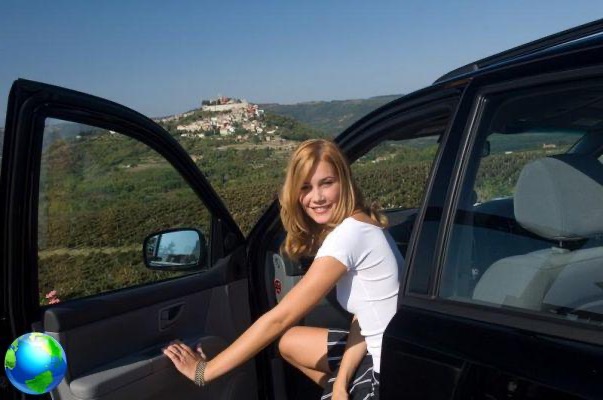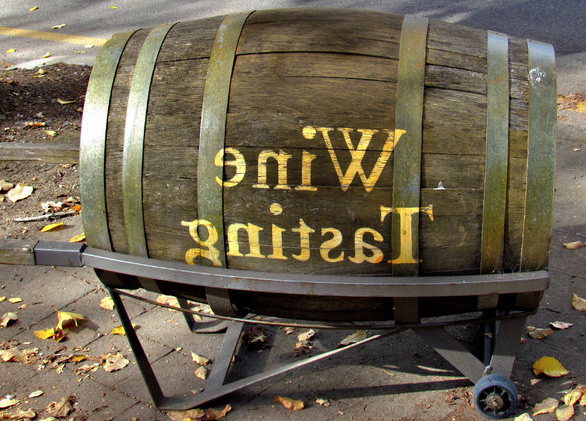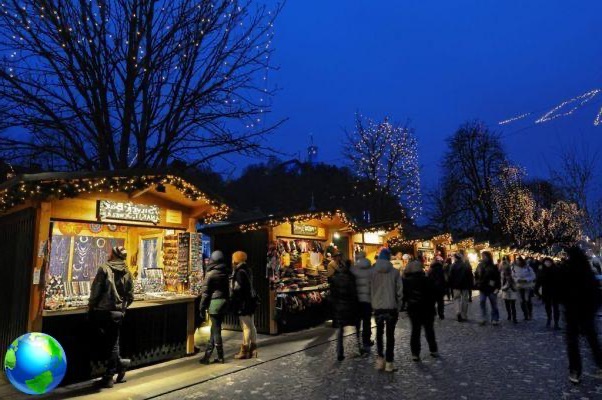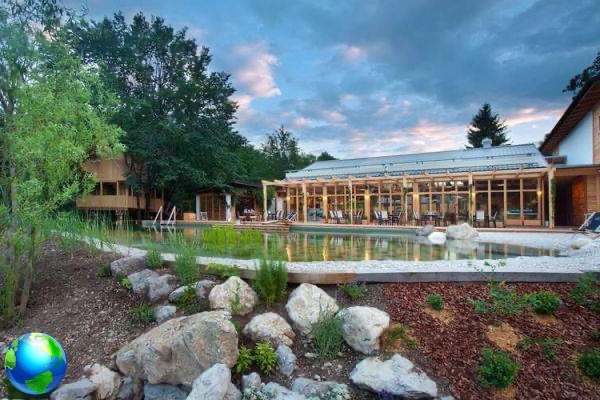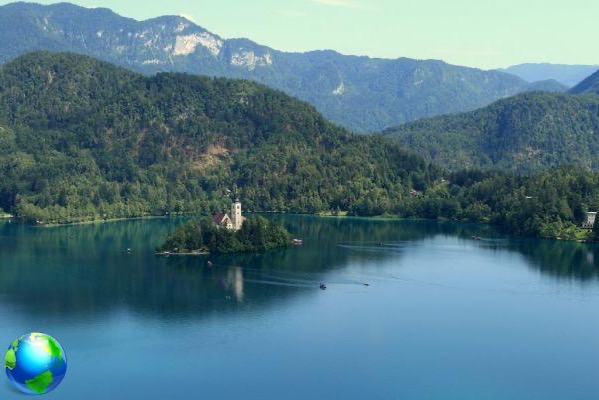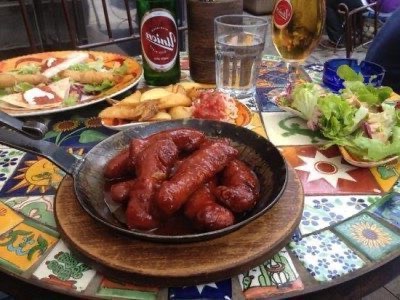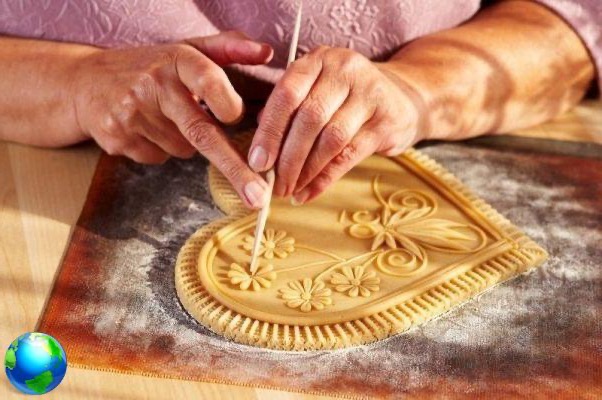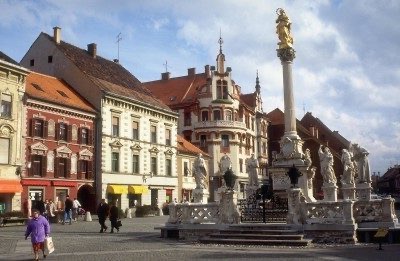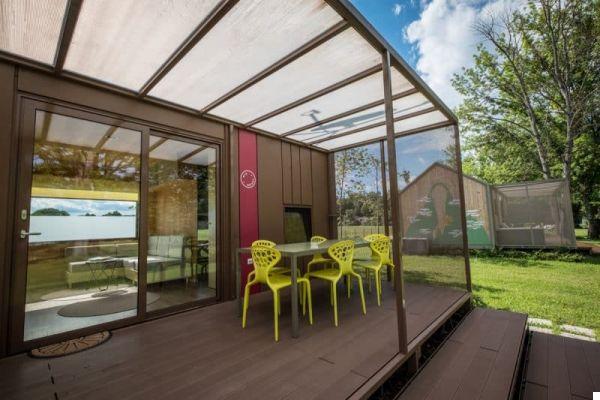What to see on a low cost trip to Slovenia, on the Italian border, beyond Ljubljana and Bled. An itinerary for three days of travel.
On the border withItaly, even if little considered as a tourist destination by Italians, the Slovenia it is a nation that offers its visitors a great variety of scenarios and cultural possibilities, despite its rather small size. Halfway between Western and Eastern Europe, this territory has undergone various influences over the centuries, which are still visible today in its architecture and varied gastronomic tradition. The symbol par excellence of this cultural mixture is the capital Ljubljana, a unique city of its kind, with a beautiful historic center that combines architectural elements from different periods and styles.
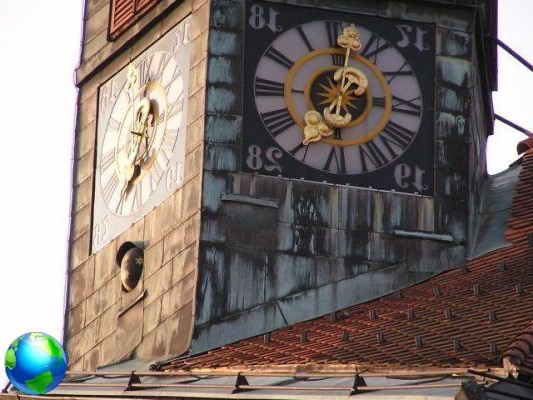
Gorgeous in spring and summer, ideal seasons to visit its many parks and nature reserves, such as the Triglav National Park, Slovenia reaches the peak of its beauty in the middle of winter, when snow settles on houses and buildings, creating an almost enchanted atmosphere. To start discovering this country, I recommend you to stay in Ljubljana from where you can easily reach some of the most interesting attractions. If you only have a few days for your visit, here are the places you shouldn't miss.
Ljubljana
Obviously, an essential stop on your visit to Slovenia Ljubljana, a charming city developed around Ljubljanica river, characterized by a great cultural dynamism and a multicultural atmosphere. The peculiarity of the Slovenian capital is to have a singular architecture, which combines Baroque and Art Noveau buildings with characteristic Austrian-influenced pointed-roof houses and bridges reminiscent of Venice.
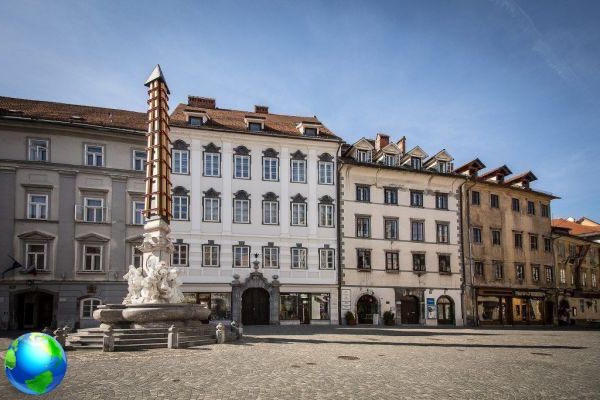
In the historical center there are also several buildings of the twentieth century, designed by Jože Plečnik, a Slovenian architect born in Ljubljana, who with his work had set out to transform the city into a modern Athens, using traditional architectural elements such as columns and architraves. For architecture enthusiasts it is now possible to take themed guided tours, which devote ample space to the works of Plečnik.
Over time, Ljubljana has developed into a modern capital, full of cultural activities such as exhibitions, film reviews and open-air festivals, which attract several visitors each year. Just walk along theelegant riverfront of the city, made up of restaurants and outdoor venues, to immediately have a taste of the liveliness of this center and be enchanted by its atmosphere. Walking through the center admire the beautiful bridges in Venetian style that connect the banks of the Ljubljanica, among which the stone bridge of Tromostovje stands out, also called triple bridge due to its structure made up of three bridges connected to each other. If you visit the city in spring or summer you can also decide to do a boat ride on the river to admire the center from an unusual perspective.
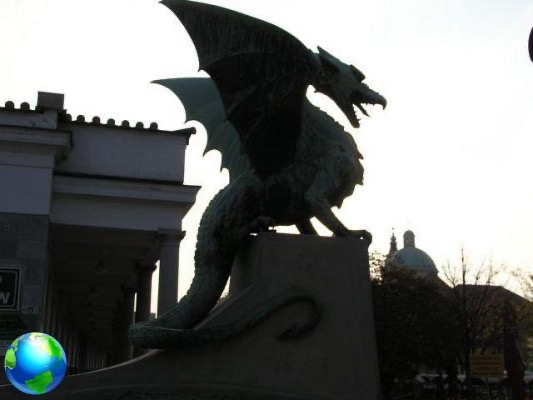
For a view of the city from above, take the funicolare and climb up to the castle, which dominates the city from the top of a hill. Once you arrive here you can choose to buy the entrance ticket, which includes access to a panoramic tower, or to visit only the free entrance part, which still allows you to climb on the lower turrets from which you can enjoy a splendid view of the roofs of Ljubljana.
If you still have some time left, then leave the center and visit the Tivoli park, the largest in the city, within which you will also find a botanical garden and a play area for children. Also in this space Plečnik left a mark of his passage, designing the picturesque Jakopič promenade, a wide avenue in the center of the park decorated with columns, often used for the display of photographic exhibitions.
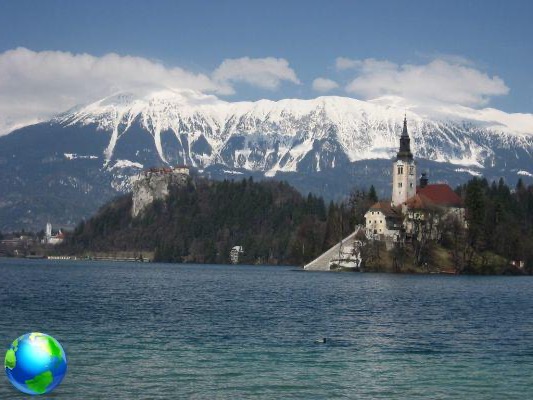
Bled
After the visit of Ljubljana, move to Bled, a village located approx 55 km away.
This small town is today one of the most important Slovenian tourist centers and thanks to its proximity to ski resorts and to its enchanting landscape it attracts many visitors every year, mainly from Austria and Italy. The charm of this place lies mainly in the presence of a lake within which lies the only natural Slovenian island, that is the island of Santa Maria. This islet, set in a splendid setting of woods, can be easily reached aboard a plenta, a typical wooden boat similar to a gondola, at a cost of 12 euros. The island is home to only a church and a couple of other buildings and its visit will take you no more than twenty minutes. If you are not in a hurry, I recommend that you stop by his bar and try one slice of potica, traditional dessert based on dried fruit, similar in shape to that of a plum cake.
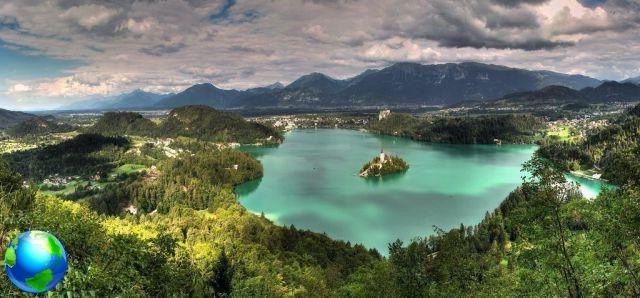
At this point, once back on dry land, I suggest you take a walk around the lake and take the opportunity to take some photos. Walking through this village you will have the impression of being in a magical place, of an almost surreal calm, accentuated in winter by the presence of a blanket of snow. In the coldest periods of the year, the lake even freezes, forming a layer of ice so thick that it can be climbed on.
Finally, if you have time, go up to the castle of Bled, a beautiful one building overlooking the lake which according to historical sources is the oldest Slovenian castle, dating back to the XNUMXth century.
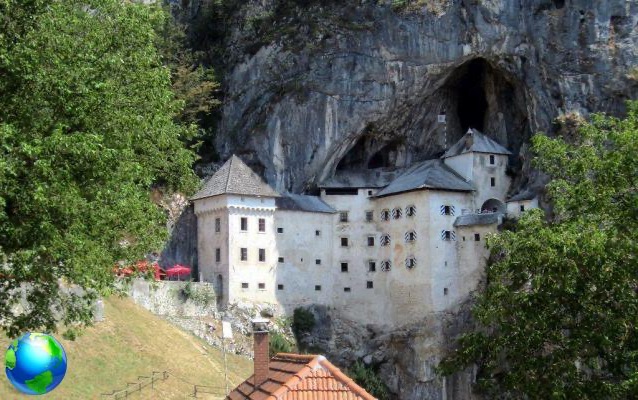
Postojna
As the last stop on your Slovenian tour, stop at Postojna, locality located near the Italian border, about 50 km from Ljubljana. Here you will find the world-famous caves and Predjama Castle, a picturesque building set in a rock frame.
Among the most important European karst complexes, the Postojna cave they extend for about 21 km, of which only a couple are open to the public. The visit of the caves lasts about an hour and a half and takes place under the supervision of a guide, who along the way will also provide you with various information on the history of the cave and its peculiarities. For the first part of the route you will be accompanied by a small train that will take you to the heart of the area, while the rest of your route will take place on foot. The ticket it is not cheap at all (the price is around 22 euros, with some discounts for children and students), but once you cross the threshold of the caves you will not regret a single penny spent.
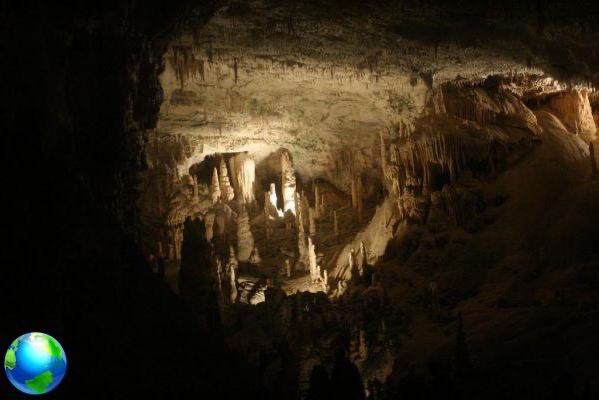
Entering here you will in fact have the impression of having fallen into a parallel world, made of halls and rock and skies of stalactites. During the visit you will be able to admire rocks of different shapes and colors and you will visit caves so large that they can be used as concert or wedding halls. In addition, at the end of the path you will also see a display case containing proteins, pink lizard-like animals living in dark environments such as that of caves.
Before going to Postojna I recommend that you consult the visiting hours on the official website, since access to the caves is only possible at certain times of the day, which change from month to month.
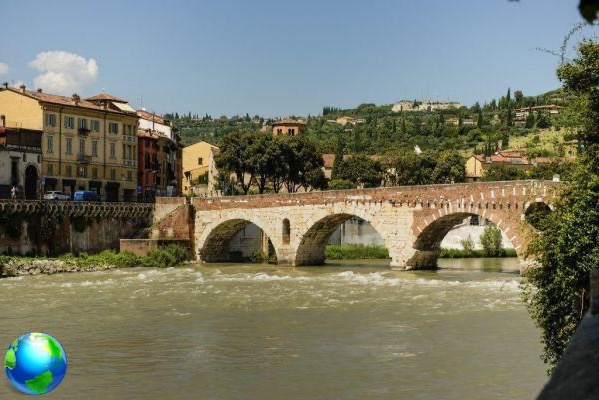
If you still have some time after going to the caves, go to the Predjama castle, about 10 km away. This singular building, of which we have evidence as early as the 123th century, is inserted in a XNUMX-high vertical rock wall and is considered the largest existing rock castle in the world.




